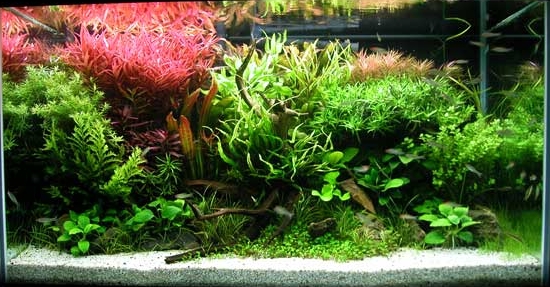Keeping and breeding the Green phantom plec

Keeping and breeding the Green phantom plec Copyright © Practical Fishkeeping The beautiful Green phantom plec, often still labelled as L200 in the shops, could actually be any of at least three species, says Rupert Collins. Introduced in 1995,...
Free Template Blogger collection template Hot Deals BERITA_wongANteng SEO theproperty-developer









